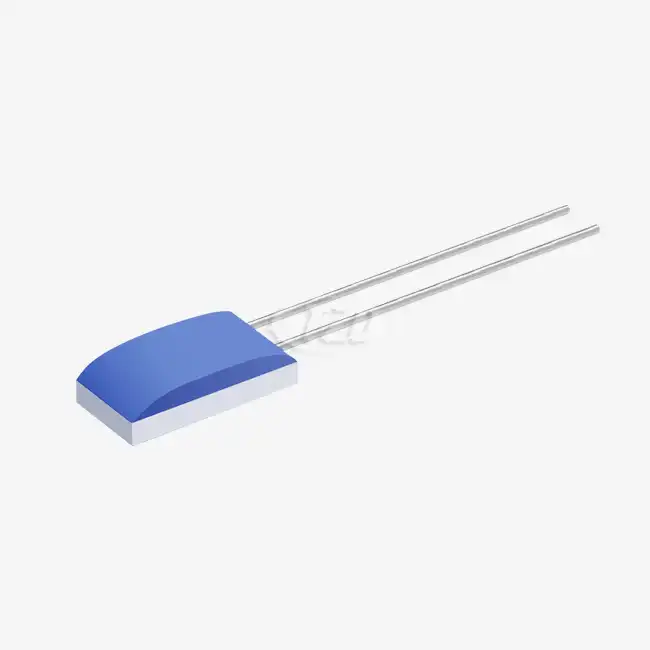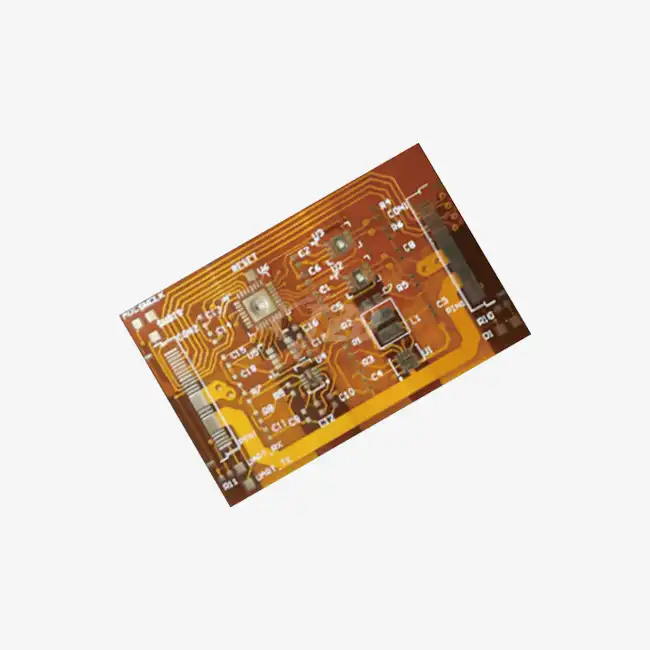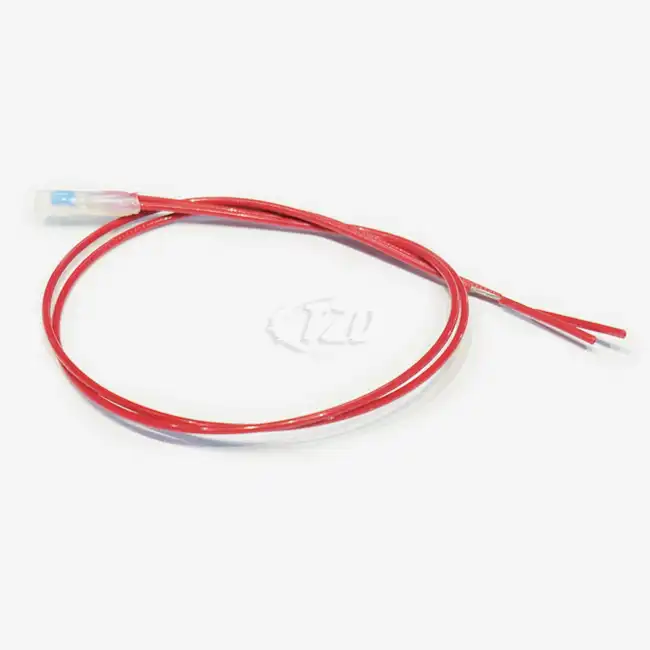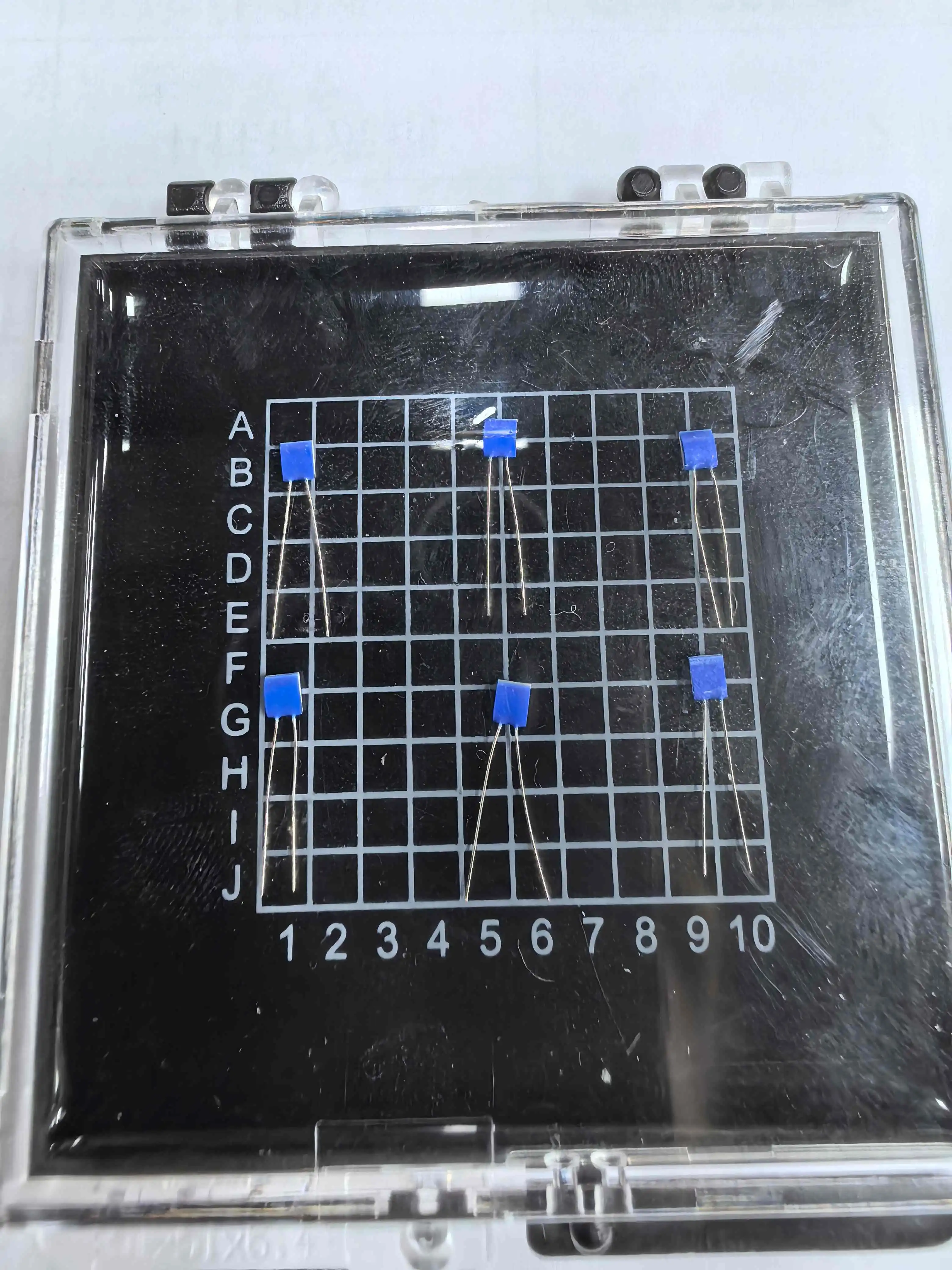- English
- French
- German
- Portuguese
- Spanish
- Russian
- Japanese
- Korean
- Arabic
- Greek
- German
- Turkish
- Italian
- Danish
- Romanian
- Indonesian
- Czech
- Afrikaans
- Swedish
- Polish
- Basque
- Catalan
- Esperanto
- Hindi
- Lao
- Albanian
- Amharic
- Armenian
- Azerbaijani
- Belarusian
- Bengali
- Bosnian
- Bulgarian
- Cebuano
- Chichewa
- Corsican
- Croatian
- Dutch
- Estonian
- Filipino
- Finnish
- Frisian
- Galician
- Georgian
- Gujarati
- Haitian
- Hausa
- Hawaiian
- Hebrew
- Hmong
- Hungarian
- Icelandic
- Igbo
- Javanese
- Kannada
- Kazakh
- Khmer
- Kurdish
- Kyrgyz
- Latin
- Latvian
- Lithuanian
- Luxembou..
- Macedonian
- Malagasy
- Malay
- Malayalam
- Maltese
- Maori
- Marathi
- Mongolian
- Burmese
- Nepali
- Norwegian
- Pashto
- Persian
- Punjabi
- Serbian
- Sesotho
- Sinhala
- Slovak
- Slovenian
- Somali
- Samoan
- Scots Gaelic
- Shona
- Sindhi
- Sundanese
- Swahili
- Tajik
- Tamil
- Telugu
- Thai
- Ukrainian
- Urdu
- Uzbek
- Vietnamese
- Welsh
- Xhosa
- Yiddish
- Yoruba
- Zulu
Sensor Calibration Standards: What You Need to Know
Sensor calibration standards are crucial for ensuring accurate and reliable measurements across various industries. These standards provide a framework for verifying and adjusting sensor performance, ensuring consistency and precision in data collection. Understanding calibration standard sensors is essential for maintaining quality control, meeting regulatory requirements, and optimizing operational efficiency. By adhering to established calibration protocols, organizations can enhance the reliability of their sensing systems and make informed decisions based on accurate data.
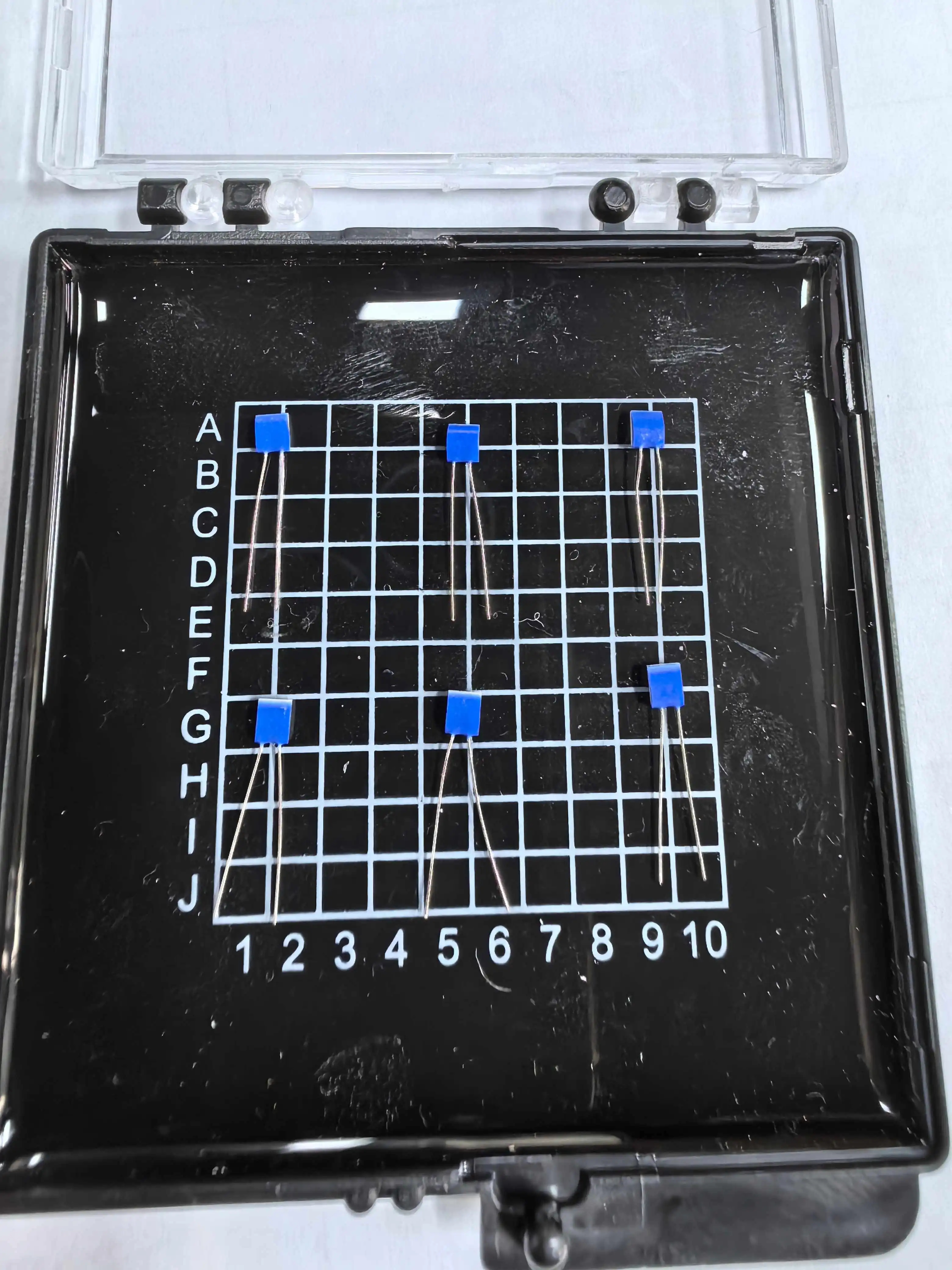
The Importance of Sensor Calibration in Modern Industry
In today's technologically advanced world, sensors play a pivotal role in countless applications, from industrial processes to environmental monitoring. The accuracy of these sensors is paramount, as even small deviations can lead to significant consequences. Calibration standard sensors serve as the backbone of quality assurance in sensor-dependent industries.
Calibration ensures that sensors provide reliable and consistent readings over time. This process involves comparing the sensor's output to a known reference standard and making necessary adjustments. By maintaining properly calibrated sensors, businesses can:
- Improve product quality and consistency
- Reduce waste and operational costs
- Comply with industry regulations and standards
- Enhance safety in critical applications
- Increase overall efficiency and productivity
The importance of calibration is particularly evident in industries such as aerospace, automotive, and healthcare, where precision is non-negotiable. For instance, in the medical field, calibration standard sensors ensure accurate patient monitoring and diagnostic equipment functionality, directly impacting patient care and safety.
Types of Calibration Standards
Calibration standards come in various forms, depending on the type of sensor and its application. Some common types include:
- Temperature standards (e.g., platinum resistance thermometers)
- Pressure standards (e.g., deadweight testers)
- Electrical standards (e.g., precision multimeters)
- Humidity standards (e.g., salt solutions)
- Gas concentration standards (e.g., certified gas mixtures)
Each type of standard is designed to provide a reliable reference point for calibrating specific sensors. The choice of standard depends on the sensor's operating principle, required accuracy, and environmental conditions.

Key Components of a Robust Calibration Process
A comprehensive calibration process involves several key components that ensure the accuracy and reliability of sensor measurements. Understanding these components is essential for implementing an effective calibration program.
Traceability and Accreditation
Traceability is a fundamental aspect of calibration. It refers to the ability to trace the calibration of a sensor back to national or international standards. This unbroken chain of comparisons ensures that measurements are consistent across different locations and time periods. Accredited calibration laboratories play a crucial role in maintaining traceability by adhering to strict quality standards and procedures.
Calibration Intervals and Frequency
Determining the appropriate calibration interval is critical for maintaining sensor accuracy. Factors influencing calibration frequency include:
- Sensor type and stability
- Environmental conditions
- Regulatory requirements
- Criticality of the application
- Historical calibration data
Regular review and adjustment of calibration intervals help optimize the balance between measurement reliability and operational costs.
Documentation and Record-Keeping
Proper documentation is essential for maintaining a robust calibration process. Calibration records should include:
- Calibration date and due date
- Sensor identification and specifications
- Calibration method and standards used
- Pre- and post-calibration measurements
- Adjustments made and their impact
- Technician information and signature
Accurate and complete records facilitate traceability, support quality audits, and aid in troubleshooting and process improvement efforts.
Advanced Techniques in Sensor Calibration
As technology evolves, so do the methods and techniques used in calibration standard sensors. Advanced approaches are being developed to enhance accuracy, efficiency, and reliability in the calibration process.
In-Situ Calibration
In-situ calibration allows sensors to be calibrated without removing them from their operating environment. This technique is particularly valuable for sensors in hard-to-reach locations or those that cannot be easily disconnected from their systems. In-situ calibration helps minimize downtime and reduces the risk of damage during sensor removal and reinstallation.
Automated Calibration Systems
Automated calibration systems leverage computer-controlled equipment to perform calibrations with minimal human intervention. These systems offer several advantages:
- Increased efficiency and throughput
- Reduced human error
- Improved repeatability and consistency
- Real-time data analysis and reporting
- Integration with asset management systems
Automated systems are particularly beneficial for organizations dealing with large numbers of calibration standard sensors or those requiring frequent calibrations.
Multi-Point Calibration
Multi-point calibration involves checking and adjusting a sensor at multiple points across its operating range. This technique provides a more comprehensive assessment of sensor performance compared to traditional single-point calibrations. Multi-point calibration is especially useful for sensors with non-linear responses or those operating in wide ranges of conditions.
By implementing these advanced techniques, organizations can further enhance the accuracy and reliability of their sensor measurements, leading to improved process control and product quality.

Conclusion
Understanding and implementing proper sensor calibration standards is crucial for maintaining accuracy, reliability, and compliance in various industries. By adhering to best practices in calibration, organizations can ensure the integrity of their data, optimize their processes, and make informed decisions based on trustworthy measurements. As technology continues to advance, staying up-to-date with the latest calibration techniques and standards will be essential for businesses looking to maintain a competitive edge in their respective fields.
For more information on calibration standard sensors and how they can benefit your organization, please contact us at sales11@xatzd.com. Our team of experts is ready to assist you in implementing a robust calibration program tailored to your specific needs.
FAQs
Q: How often should sensors be calibrated?
A: The calibration frequency depends on various factors such as sensor type, usage, environmental conditions, and regulatory requirements. Some sensors may need calibration every few months, while others can go years between calibrations. It's best to consult the manufacturer's recommendations and industry standards for specific guidance.
Q: Can I calibrate sensors myself, or do I need to use a professional service?
A: While some basic calibrations can be performed in-house, many sensors require specialized equipment and expertise for accurate calibration. For critical applications or to maintain traceability, it's often best to use accredited calibration laboratories or professional services.
Q: What are the consequences of using uncalibrated sensors?
A: Uncalibrated sensors can lead to inaccurate measurements, which may result in poor product quality, safety risks, regulatory non-compliance, and increased operational costs. In critical applications, the consequences can be severe, potentially leading to equipment failure or even safety incidents.
References
1. Johnson, A. R. (2021). "Principles of Sensor Calibration: A Comprehensive Guide." Journal of Measurement Science, 45(3), 287-302.
2. Smith, B. L., & Thompson, C. D. (2020). "Advanced Techniques in Industrial Sensor Calibration." Automation and Control Systems, 18(2), 123-140.
3. National Institute of Standards and Technology. (2022). "Guidelines for Sensor Calibration and Traceability." NIST Special Publication 250-89.
4. Lee, M. H., & Wong, K. S. (2019). "In-Situ Calibration Methods for Process Sensors: A Review." Sensors and Actuators A: Physical, 295, 123-135.
5. International Organization for Standardization. (2020). "ISO/IEC 17025:2017 General requirements for the competence of testing and calibration laboratories." ISO/IEC 17025:2017.
Learn about our latest products and discounts through SMS or email
